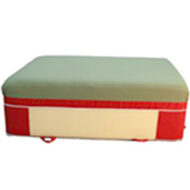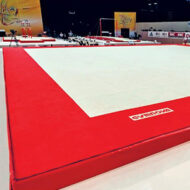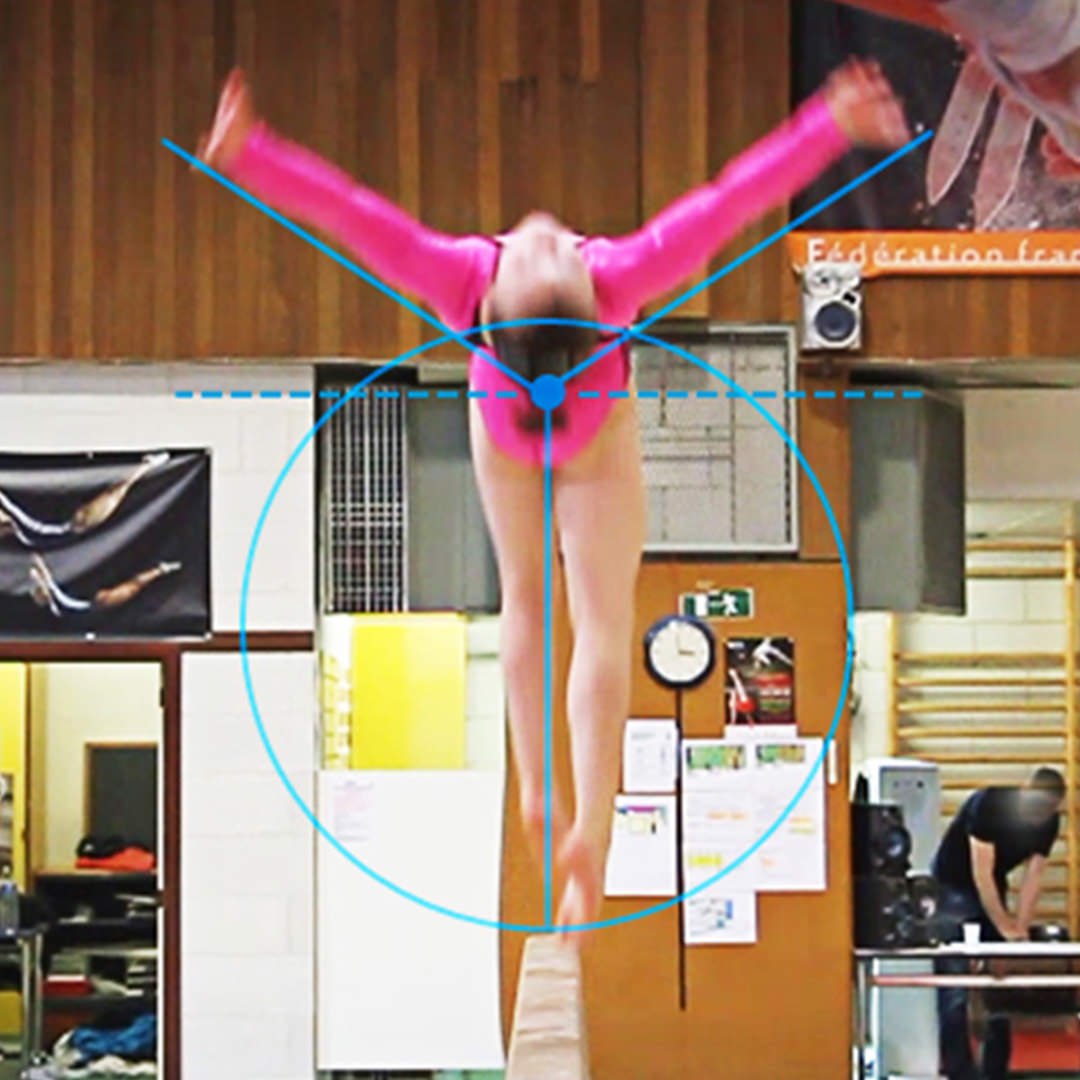Salto stretched with step-out
How to teach the salto stretched with step-out on beam



Angelo Ritorto
Salto stretched with step-out
How to teach the salto stretched with step-out on beam
description
Explore this training focused entirely on a back layout on beam.
To begin with, we'll look at the skill, but also at the connection with the flic-flac.
This training consists of 6 videos to analyze the skill in its entirety.
A video analyzing technique, one on prerequisites, whether physical aptitudes or technique. The teaching breakdown from the first drills to explore the element, up to its execution on high beam without any teaching aids. A video on the technique needed to correctly spot this movement.
A chapter on specific physical preparation with, in particular, a variety of exercises to create strength for the landing phase, and lastly, the "Live" video with 9 case studies to teach you how to analyze and correct execution faults.
This training has been designed to answer your questions surrounding this skill. Enjoy!
A tip from us: are you interested in acrobatic skills on beam? We advise you to take a look at the training materials on back walkover and back handspring step-out.
Associated books
Let's Teach artistic gymnastics - Beam Skills (Backward acrobatic skills)
Learn how to teach:
• Back walkover • Flic-flac step-out • Layout step-out • Tuck back •
All the exercises needed to learn backward skills on beam, from their beginnings to the execution of complete skills
→ 174 exercises - 214 pages - Format 15 x 21 cm -
A note on the series of books, "Let's teach gymnastics":
• Our books are essential companions to the video training on the same topics that you find in the section "Gymnastics Education" here on GymneoTV.
• Their spiral binding and tabbed pages allow you to quickly find the skills you want to look at, and easily locate the drills and training stations.
• The summaries of technique and the large format illustrations made to scale make these books the ideal companions to your training sessions.
Our advice:
• For training session prep: thanks to the technique summary and icons at the top of each page, you can easily find the stations that match the current needs of your gymnasts. You can also anticipate the equipment needs for your upcoming session.
• During training: with the help of realistic images, you can save time by showing your gymnasts the drills to work on. They will also be able to help you set up the training stations and thanks to the illustrations, they'll more easily understand the task at hand.
• You will improve the constant exchange that you have with your athletes. In fact, when giving your instructions, the illustrations create common ground for discussions or reference points. They make it easy to understand and/or visualize technical placements, which makes it much easier to learn the element.
content
- Specific physical preparation for the landing phase in forward lunge
- Excerpt of specific physical preparation for the back walkover (flexibility in opening position and working on shifting the pelvis)
- Excerpt of specific physical preparation for the back handspring step-out (leg push-off and strengthening of active flexibility in split position)

























